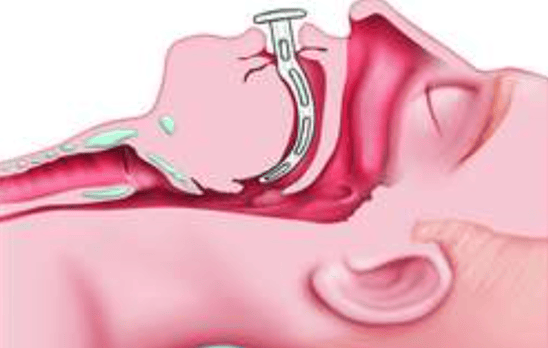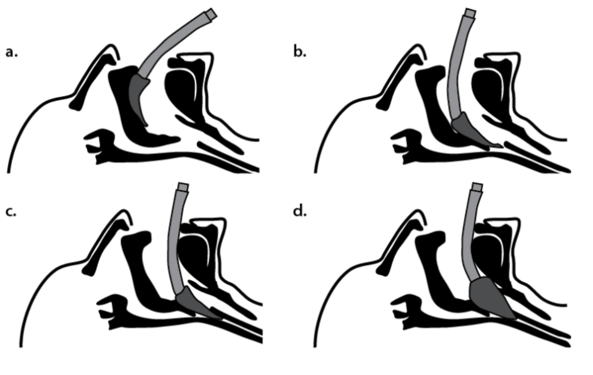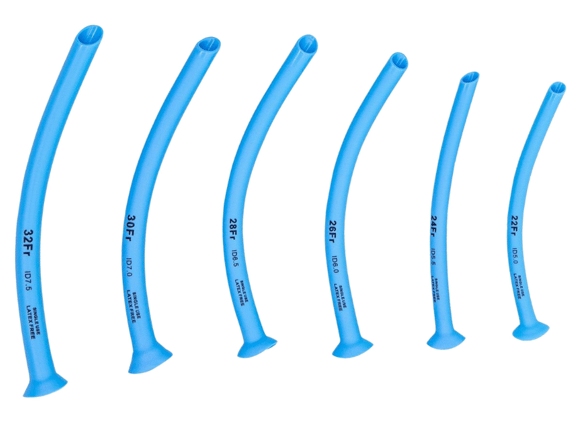In our previous article on the emergency oxygen system, we reviewed the use of the oxygen tank, regulator, and ambu bag to provide rescue breaths during a sedation emergency. These are frontline tools in your emergency response protocol, and they work well in most cases.
But what happens when you’ve applied positive pressure ventilation with the Ambu bag and your patient still isn’t oxygenating?
This is where advanced airway adjuncts come into play.
Required Backup Tools in Your Sedation Emergency Kit
Many state dental boards mandate that, beyond the standard Ambu bag setup, your emergency kit must also include devices that can help you establish and maintain a patent airway if your initial efforts fail. These typically include:
- Oropharyngeal Airway (OPA)
- Laryngeal Mask Airway (LMA)
- Nasal Airway (Nasal Trumpet) — required in some states
- Laryngoscope with Endotracheal Tube and Stylette
Let’s walk through each of these tools and how they help manage an apneic event during sedation.
- Oropharyngeal Airway (OPA)
During sedation, muscle tone relaxes — and that includes the muscles supporting the tongue and soft palate. This loss of tone can lead to an anatomical airway obstruction, especially in supine patients. The OPA helps overcome this by creating a rigid conduit through the oropharynx, allowing air to pass freely around collapsed soft tissues.
Key points about the OPA:
- Sizing: Choose the size by measuring from the patient’s ear to the corner of their mouth.
- Color-coded: Most OPAs are color-coded by size to streamline selection.
- Insertion: Once inserted, resume rescue breathing with the Ambu bag.
A common concern: "Won’t this make the patient gag?"
Yes, it might — and that’s actually a good thing. Gagging signals the return of protective airway reflexes and improving airway tone, meaning your intervention is helping reverse the apneic episode.

- Laryngeal Mask Airway (LMA)
Think of the LMA as an evolution of the Ambu bag mask — but one that forms a tighter, more secure seal inside the airway. This device sits over the laryngeal inlet and is particularly useful when facial anatomy or obstruction prevents a good mask seal.
This is especially helpful in patients with thick facial hair, like beards, where getting an effective seal with the external Ambu mask can be nearly impossible. The LMA bypasses this issue by seating internally and creating a seal directly over the larynx.
How to use the LMA:
- Pre-inflate the cuff slightly before insertion.
- Insert, then fully inflate with a large volume syringe to form a seal.
- Attach the Ambu bag to the LMA port and begin ventilation.
Optimizing the LMA seal:
- Adjust depth: Advance or withdraw the device slightly.
- Adjust angle: Ensure the cuff opening faces upward — rotate left or right as needed.
- Adjust inflation: Titrate cuff volume to optimize seal without over-inflating.
You can tell how inflated the internal cuff is by feeling the bulb that is attached via tubing.
Signs of successful LMA placement: chest rise and fall, misting in the tube, and most importantly, return of pink coloration and rising SpO₂ on the pulse oximeter.

- Nasal Airways (Nasal Trumpets)
Nasal airways, also known as nasal trumpets, are required components of the emergency kit in many states. However, at ADMA, we emphasize training minimal and moderate sedation practitioners to use oral airways over nasal airways in most situations — and for good reason.
A practical concern is patient comfort. In minimal or moderate sedation, patients should retain a level of consciousness that makes nasal airway placement uncomfortable and often unnecessary. When a patent airway is already present, inserting a nasal trumpet at the beginning of the procedure introduces unnecessary invasiveness.
In the event of apnea during a procedure, time becomes critical. Inserting a nasal airway under urgent conditions can pose additional risks — particularly for providers who do not place them routinely. Rushed insertion may lead to nasal trauma or bleeding, further complicating an already unstable airway and obscuring the ability to provide effective oxygenation.
For these reasons, we recommend reaching for an oropharyngeal airway (OPA) first in most scenarios. It’s faster, generally better tolerated by the sedated patient, and carries fewer complications when deployed in an emergency.

- Laryngoscope and Endotracheal Tube
This advanced setup — a laryngoscope with an endotracheal tube and stylette — provides definitive airway control in the most serious scenarios. However, due to its complexity and need for precise technique, we’re dedicating a full upcoming blog post to walk you through this intervention step-by-step.
Stay tuned!
Final Thoughts
Every sedation dentist must be prepared for airway emergencies — not just with basic equipment, but with the training and confidence to escalate care when needed. Mastering advanced airway tools like the OPA and LMA ensures you're ready to respond when oxygenation and ventilation are compromised.
Want to build hands-on confidence with airway management?
Join us for a live ADMA course where we walk you through these tools in real-time, hands-on simulations. You’ll leave with the skills — and muscle memory — to manage emergencies like a pro. View upcoming courses at ADMA.